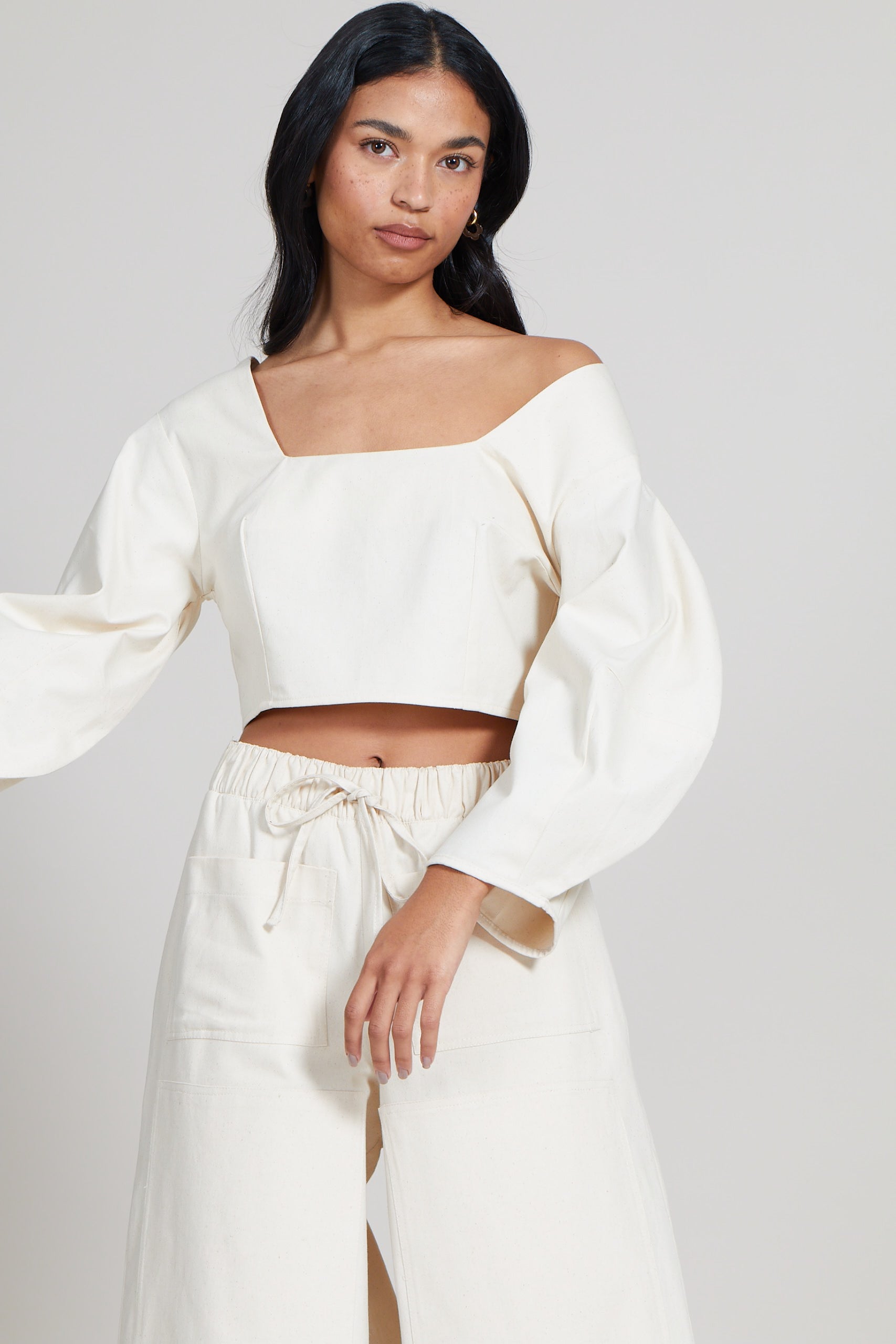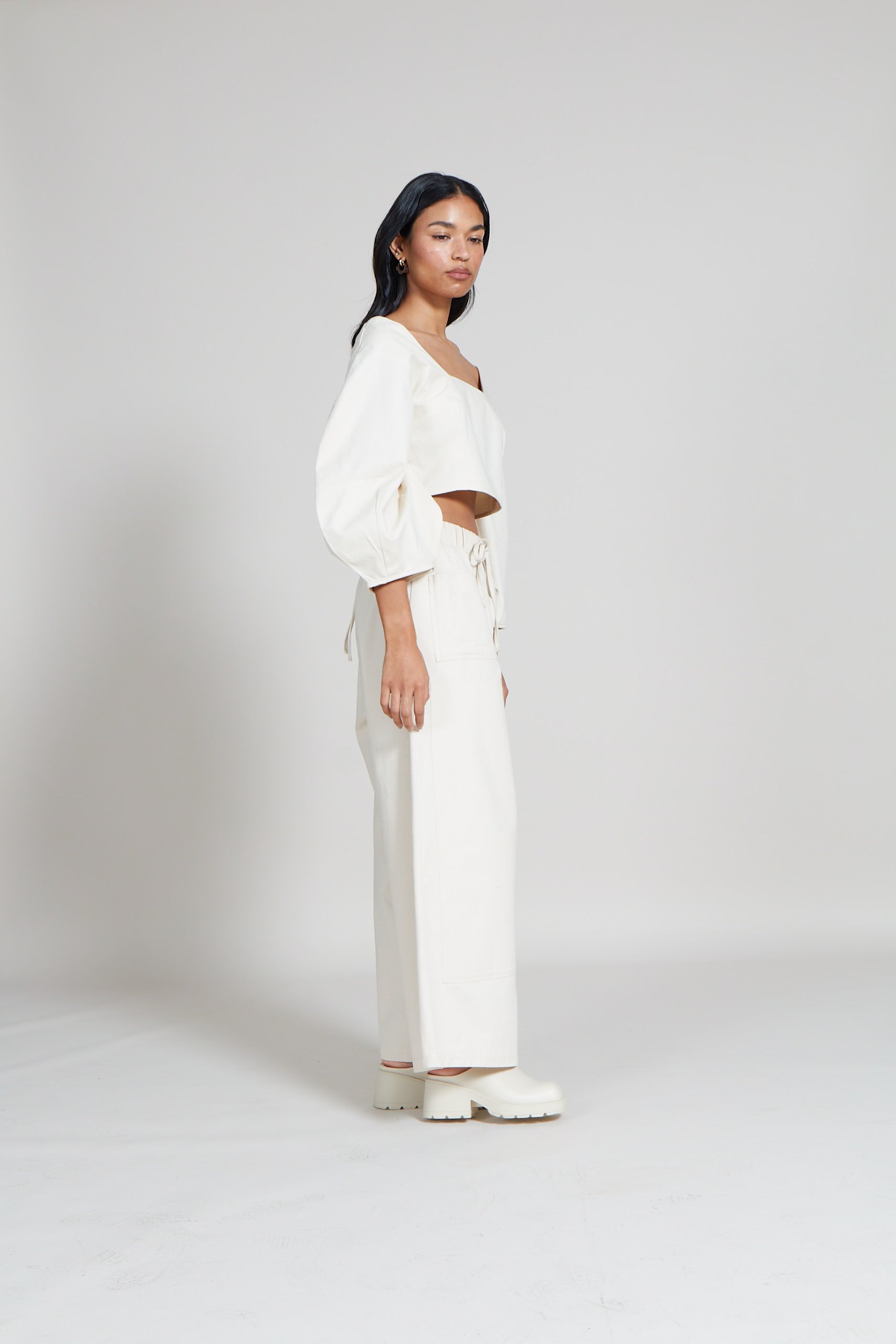
Bell Sleeve Bustier
SPECIFICATIONS :
The Bell Sleeve Bustier can be worn and styled front and back. Has constructed bell sleeve detail and can be worn back to front. Front and back dart detail.
FABRIC COMPOSITION :
100% Cotton
ENVIRONMENTAL EFFECTS :
This item is 100% Biodegradable
CARE INSTRUCTIONS :
Garment performs best when hand washed in cold water to prevent shrinking. Please turn the item inside out before washing to prevent surface fibers from breaking. This garment will perform best when line dried.
- Cool hand wash
- Warm iron
- Hang to dry
Before purchasing this item please ensure that you have read through our Returns and Exchanges Policy. By purchasing this item we trust that you are agreeing with our terms and conditions.
MEASUREMENTS :
|
SIZE : |
XS / 6 |
S / 8 |
M / 10 |
L / 12 |
XL / 14 |
XXL/16 |
|
SHOULDER : |
11cm |
12cm |
13cm |
14cm |
15cm |
17cm |
|
STRAP : |
/ |
/ |
/ |
/ |
/ |
/ |
|
SLEEVE LENGTH : |
56cm |
57cm |
58cm |
59cm |
60cm |
61cm |
|
BICEP : |
20cm |
22cm |
24cm |
26cm |
28cm |
32cm |
|
WRIST : |
/ |
/ |
/ |
/ |
/ |
/ |
|
BUST : |
96cm |
98cm |
100cm |
102cm |
104cm |
106cm |
|
WAIST : |
62cm |
65cm |
67cm |
68cm |
70cm |
72cm |
|
HIP 1 : |
/ |
/ |
/ |
/ |
/ |
/ |
|
HIP 2 : |
/ |
/ |
/ |
/ |
/ |
/ |
|
SHOULDER TO HEM : |
/ |
/ |
/ |
/ |
/ |
/ |
|
WAIST TO HEM : |
|
|
|
|
|
|
Pickup currently not available
CARE & MAINTENANCE
To maintain the beauty and integrity of your purchase, we recommend treating it with care. Simple maintenance practices, such as gentle washing and proper storage, can effectively preserve the longevity of your favorites. We encourage you to refer to the care instructions included with each item, designed to help you keep your purchase in top condition.
SHIPPING & RETURNS
We strive to process and ship all orders in a timely manner, working diligently to ensure that your items are on their way to you as soon as possible. Need to return something? Just let us know.


